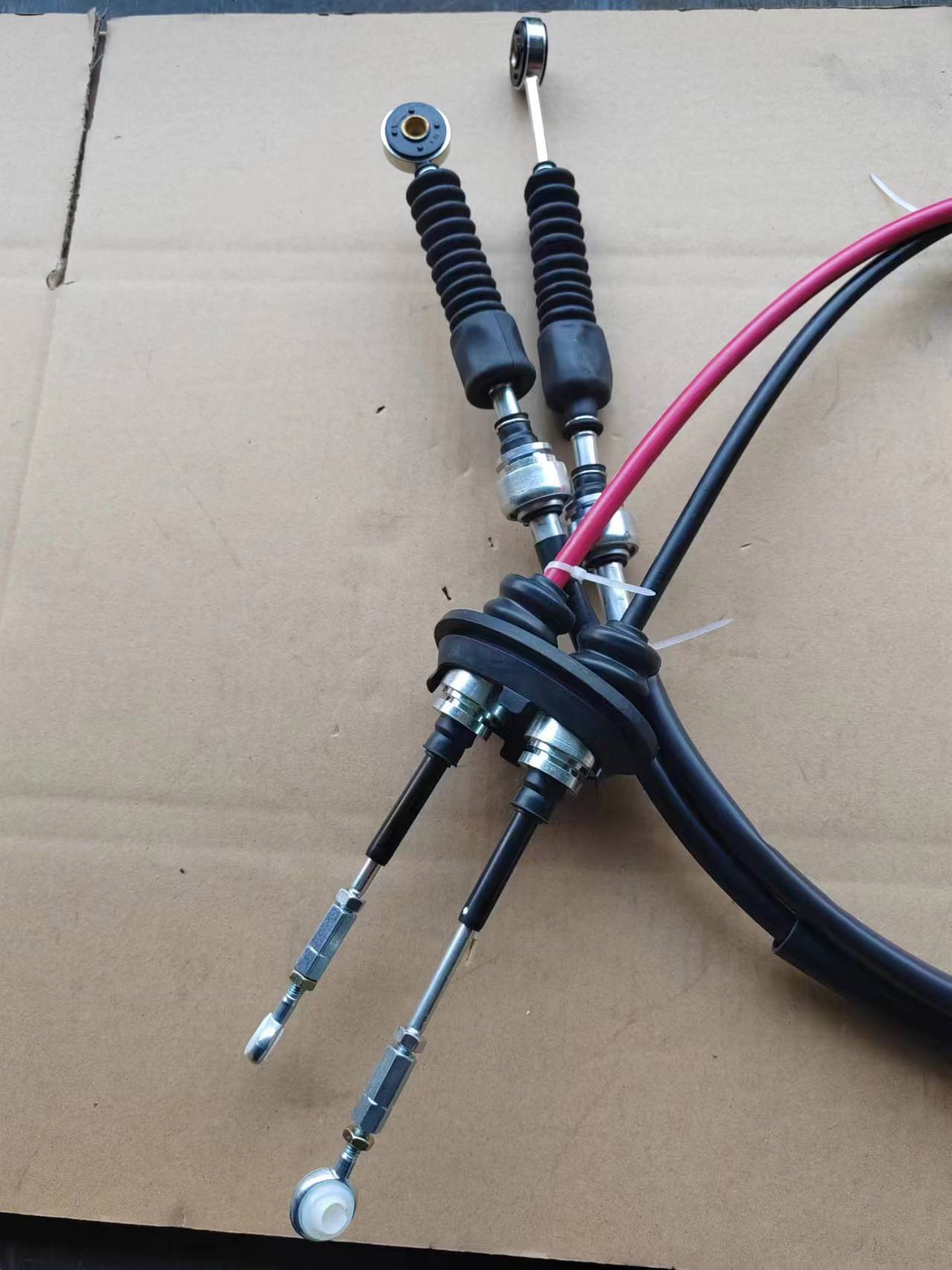Understanding the Functionality of Throttle Body Cables in Engine Systems
Understanding Throttle Body Cables An Overview
The throttle body is a crucial component in modern vehicles that governs the amount of air entering the engine, directly impacting performance and efficiency. Central to its operation is the throttle body cable, a vital link between the accelerator pedal and the throttle body itself. This article delves into the importance, function, and maintenance of throttle body cables, shedding light on their role in vehicle operation.
What is a Throttle Body Cable?
The throttle body cable is a flexible, cord-like structure that connects the accelerator pedal to the throttle body. When the driver presses the accelerator, the cable pulls the throttle plate open, allowing more air to enter the engine. This process is essential for regulating engine power and responsiveness. In modern vehicles, traditional throttle cables have largely been replaced by electronic throttle control (ETC) systems. Nevertheless, understanding the mechanics of throttle cables is crucial for those working with older vehicles or for enthusiasts who appreciate how these systems function.
The Importance of Throttle Body Cables
Throttle body cables play a critical role in ensuring smooth acceleration and optimal engine performance. They enable drivers to have precise control over the engine's power output, which is crucial for various driving conditions. A well-functioning throttle cable contributes to better fuel efficiency and helps reduce emissions by ensuring the engine receives the correct air-to-fuel ratio. Moreover, proper cable operation enhances overall driving experience, allowing for instantaneous response to driver inputs, which is vital for safety and performance.
Signs of Throttle Cable Issues
As with any mechanical component, throttle body cables can wear out or suffer from damage over time. Symptoms of a faulty throttle cable can include
throttle body cable

1. Unresponsive Acceleration If the throttle cable is sticking or fraying, it may fail to open the throttle plate adequately, leading to poor acceleration. 2. Engine Hesitation A damaged cable may cause intermittent engagement and disengagement of the throttle, leading to unpredictable engine behavior.
3. Physical Damage Inspecting the cable for any physical signs of wear such as fraying, kinking, or broken strands is essential. Any visible damage should prompt an immediate replacement.
4. Abnormal Tension Too much slack in the throttle cable can lead to a delay in throttle response, while excessive tension can cause premature wear on the cable itself.
Maintenance and Replacement
Regular maintenance of the throttle body cable can prevent many issues. Keeping the cable clean and properly lubricated is essential, as dirt and grime can cause it to stick. Additionally, regular inspections can help identify wear before it becomes a significant problem.
When replacing a throttle body cable, it's important to choose a high-quality replacement that matches the specifications of the vehicle. Installation should be done carefully to ensure that the cable is routed correctly and adjusted to the proper tension.
Conclusion
The throttle body cable may seem like a small and straightforward component, but its role in vehicle performance cannot be overstated. Understanding how it functions and recognizing the signs of wear can aid in maintaining a vehicle's power and responsiveness. Whether you're a car enthusiast or a casual driver, recognizing the importance of your vehicle's throttle body cable can help ensure a smoother and safer driving experience. Regular maintenance and timely replacements can not only enhance performance but also prolong the lifespan of your vehicle.
-
Upgrade Your Vehicle with High-Quality Handbrake CablesNewsNov.01,2024
-
Optimize Your Bike's Performance with Quality CablesNewsNov.01,2024
-
Enhance Your Vehicle's Performance with Quality Clutch ComponentsNewsNov.01,2024
-
Elevate Your Vehicle's Performance with Quality Throttle CablesNewsNov.01,2024
-
Elevate Your Vehicle's Performance with Quality CablesNewsNov.01,2024
-
Affordable Solutions for Your Cable NeedsNewsNov.01,2024
